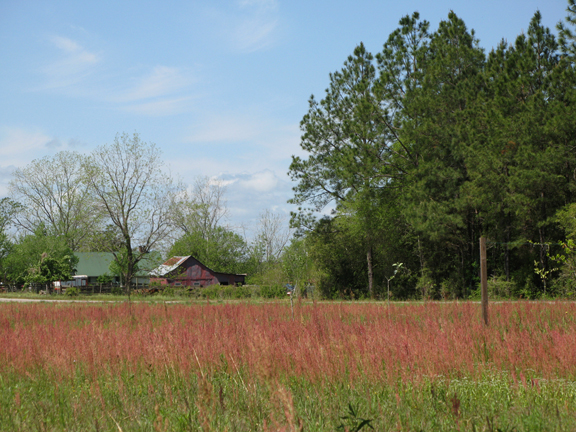 Ever wonder what the red blooming plants are along our roadways and pastures right now? It’s called Red Sorrel (Rumex acetosella). It also goes by many common names. Area residents call it Indian grass or Indian cane, and many chewed the plant as a child. Across the U.S. it goes by many other names such as sheep’s sorrel, field sorrel, surette, horse sorrel, sour-weed, sour-grass, cow sorrel, red-weed, mountain sorrel, cuckoo-bread, gentleman’s sorrel, green-sauce, ranty-tanty, sour dock, toad’s sorrel.
Ever wonder what the red blooming plants are along our roadways and pastures right now? It’s called Red Sorrel (Rumex acetosella). It also goes by many common names. Area residents call it Indian grass or Indian cane, and many chewed the plant as a child. Across the U.S. it goes by many other names such as sheep’s sorrel, field sorrel, surette, horse sorrel, sour-weed, sour-grass, cow sorrel, red-weed, mountain sorrel, cuckoo-bread, gentleman’s sorrel, green-sauce, ranty-tanty, sour dock, toad’s sorrel.
Red sorrel is an herbaceous perennial that reproduces by seeds and extensive shallow horizontal roots. It is distinguished by its arrow-shaped leaves, low height, slender wiry stem with sheathed nodes, and red to rust-brown color. The creeping horizontal roots give rise to above-ground shoots that often form dense patches.
Flowering begins in March and can continue throughout the growing season.
- Medicinal uses for fresh red sorrel include use of juice to treat urinary and kidney diseases.
- Red sorrel is considered an indicator of acidic soil conditions; however, it also thrives in neutral or slightly alkaline soils, especially those low in nitrates.The genus name, Acetosella, means slightly acid. The word ‘sorrel’ derives from the French, ‘sur’ meaning sour.
- To some, the leaves have a lemon taste. When steeped in hot water and drained, the sugared liquid is said to resemble lemonade.
- Red sorrel has been used medicinally to treat boils and skin disorders as well as sore throats. Native Americans used it as an antidote for poison.
- Red sorrel has had many household uses, including shining furniture and removing ink spots.
